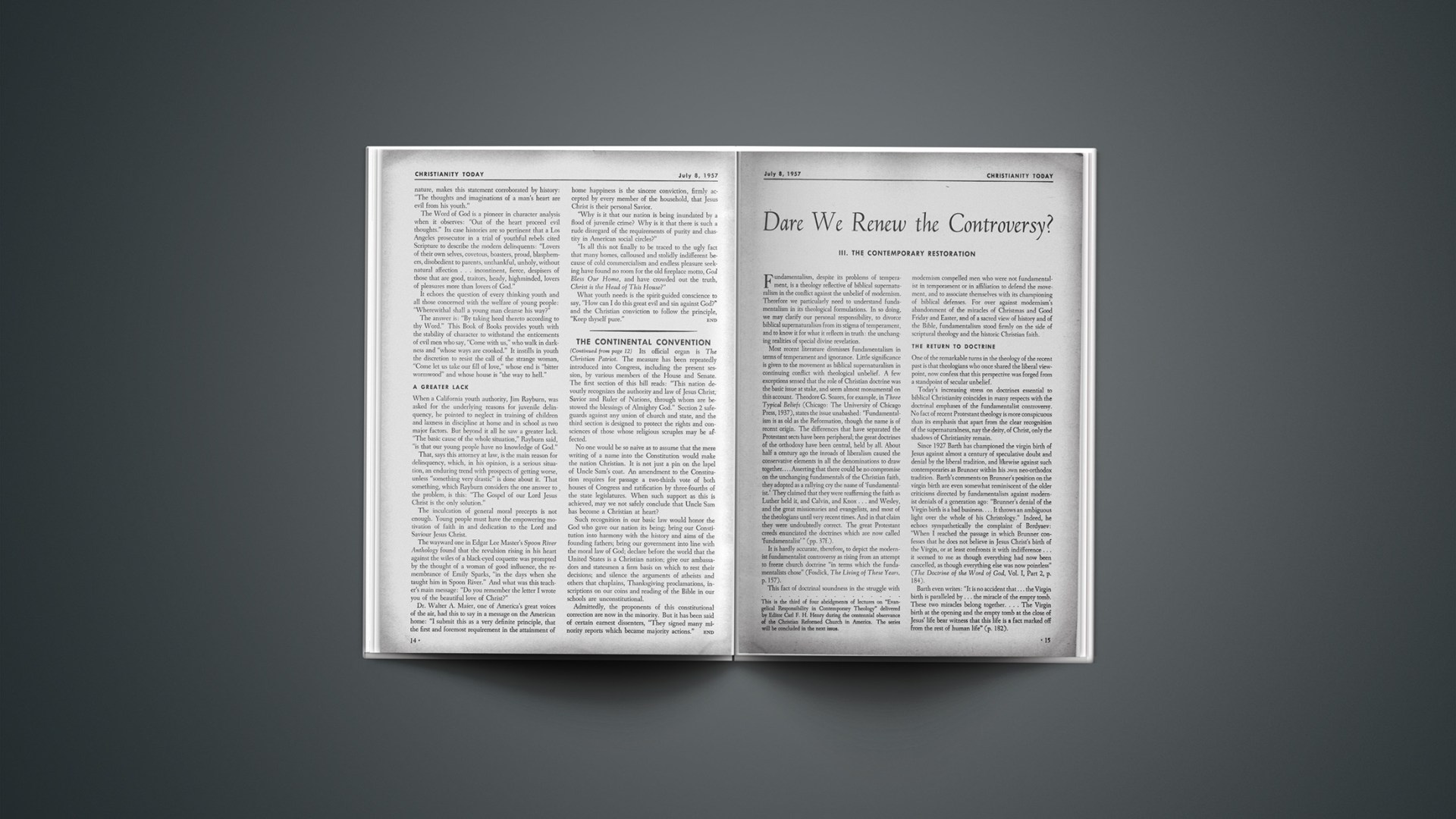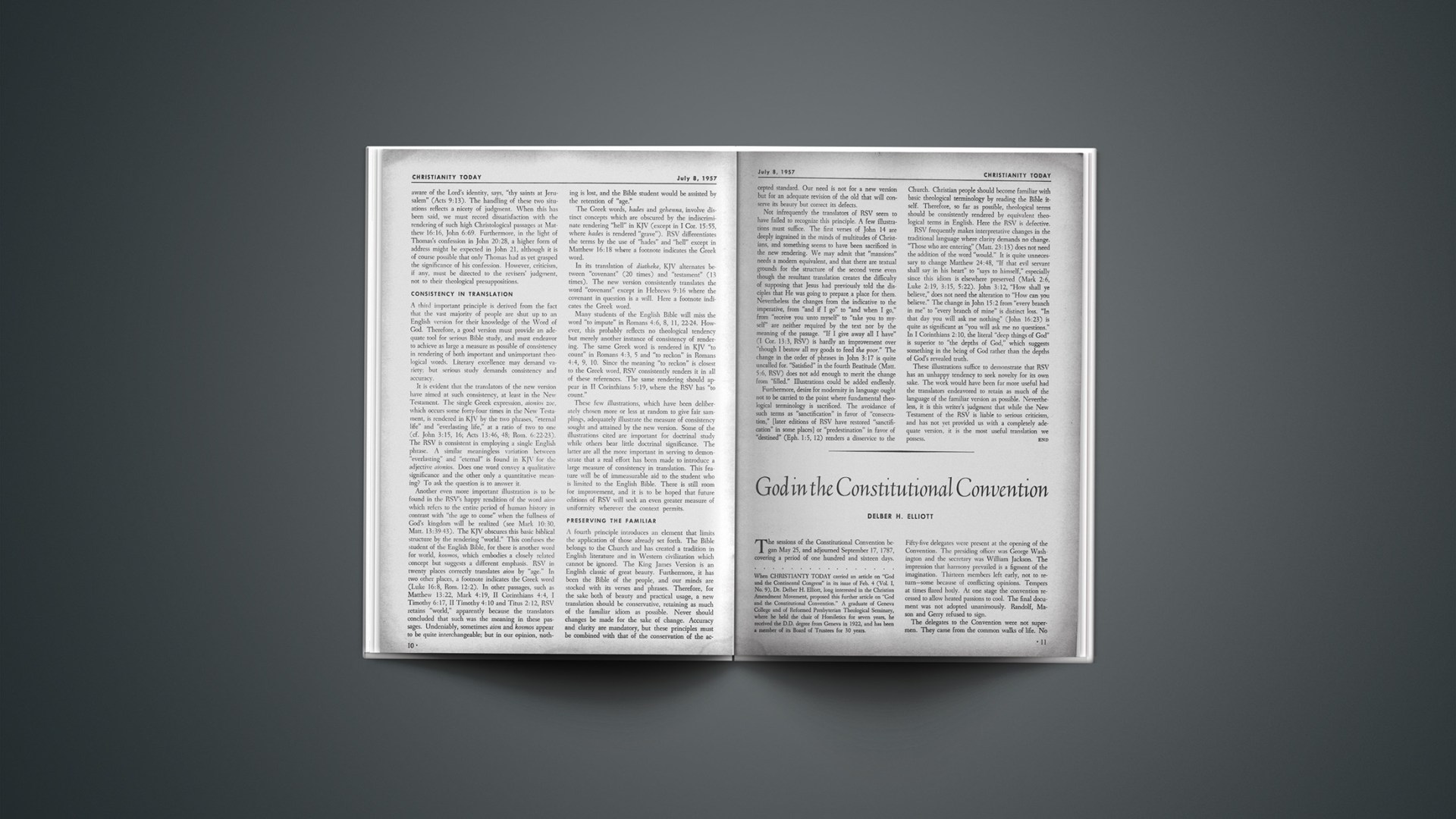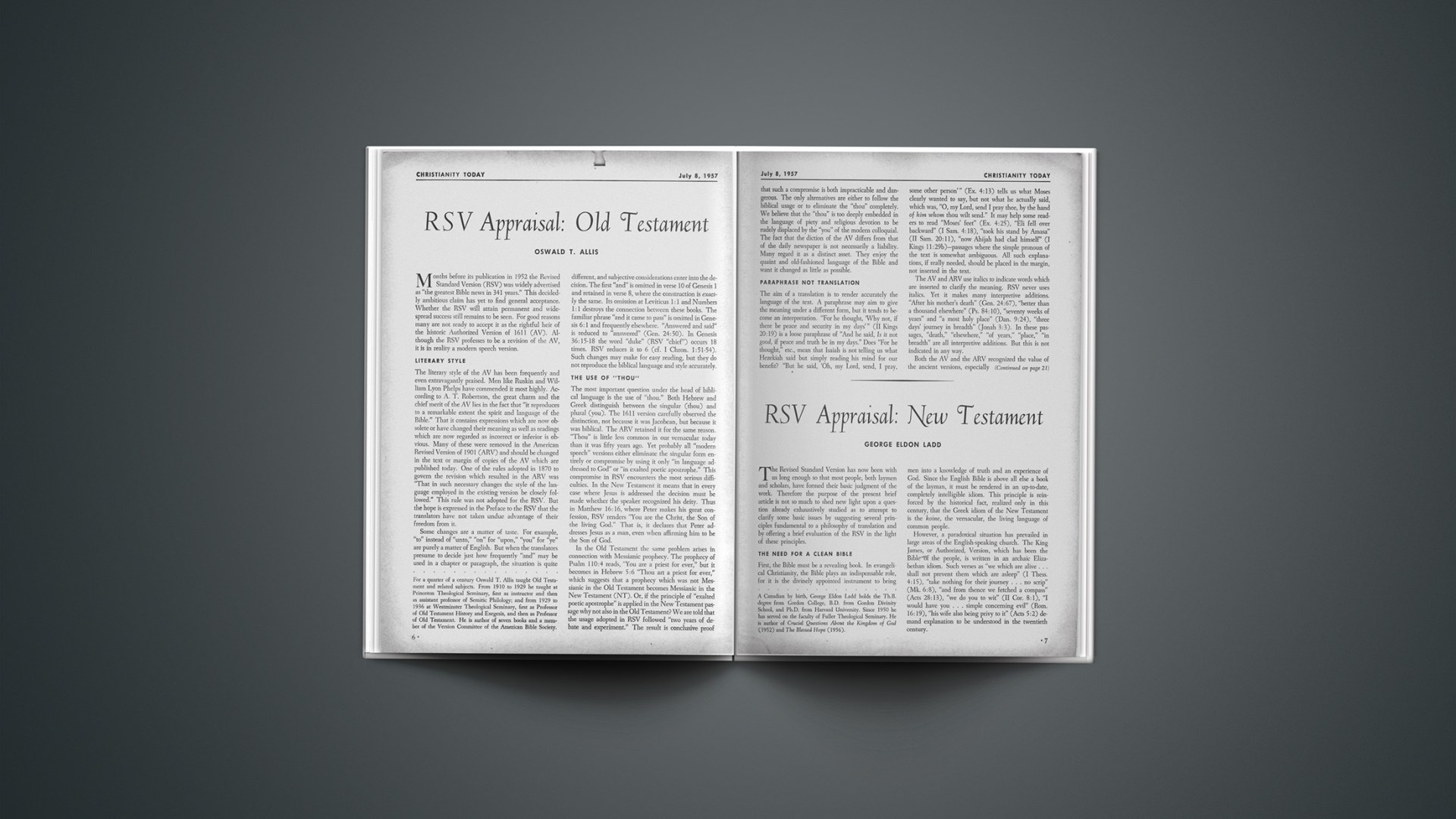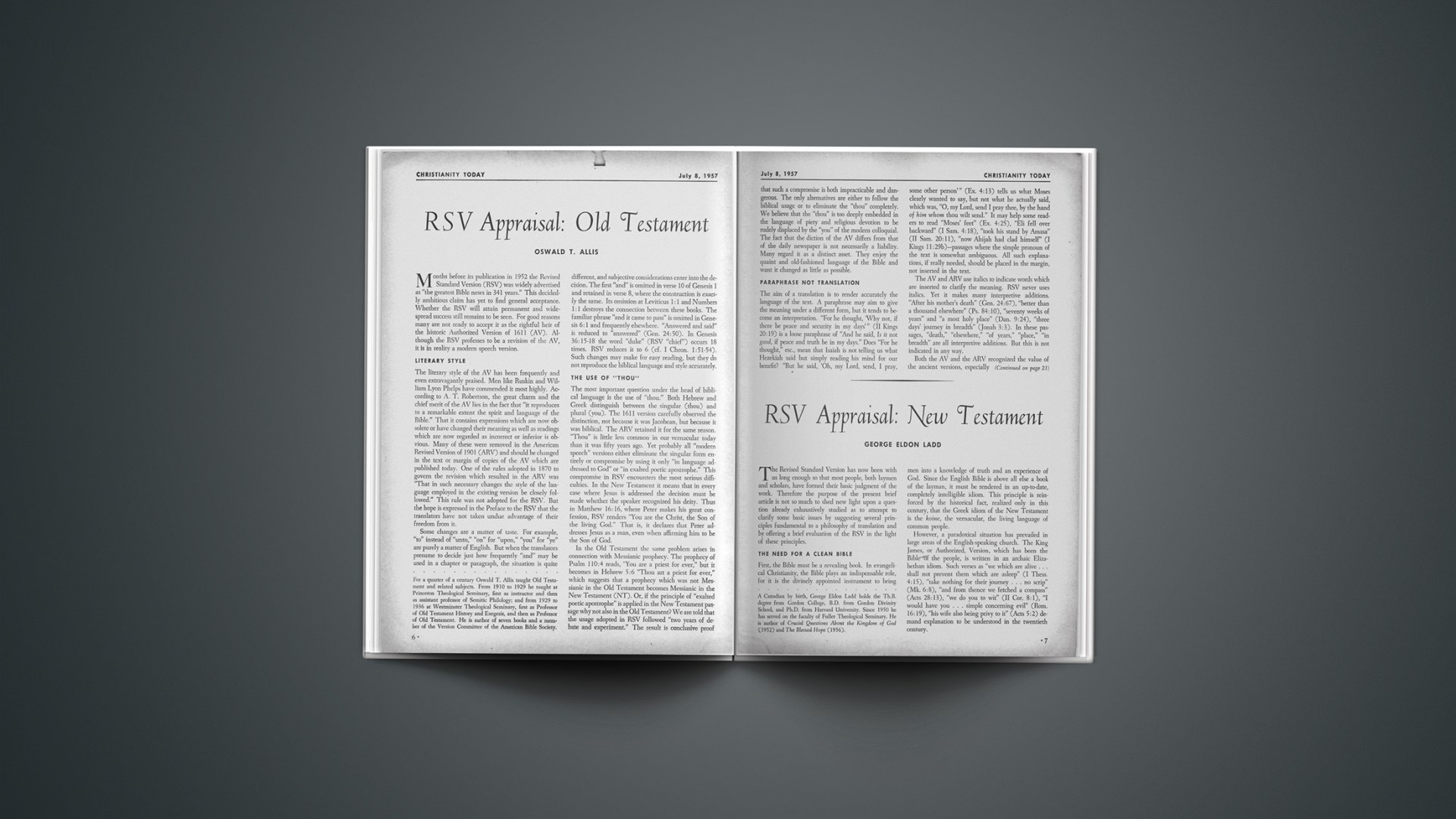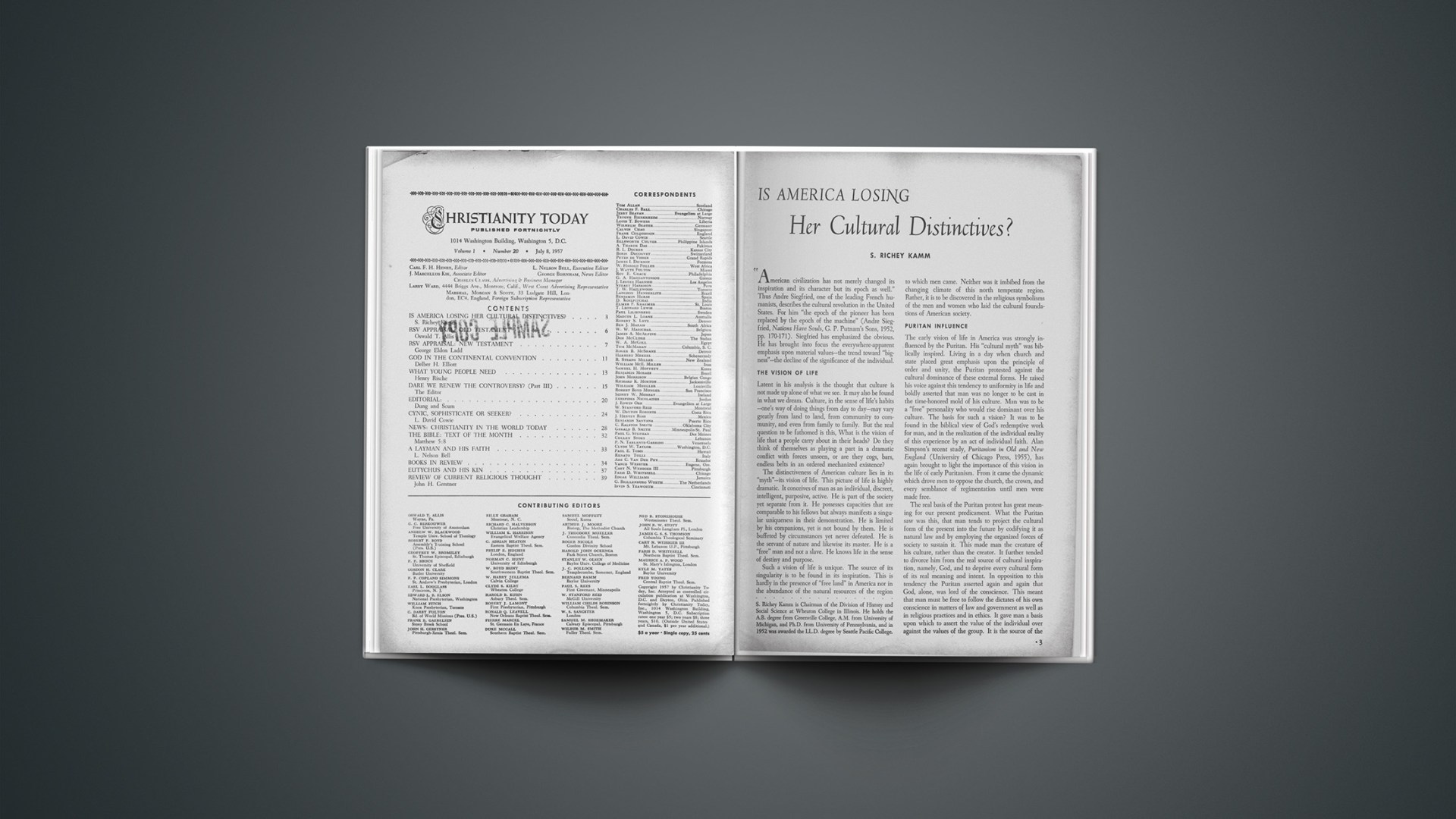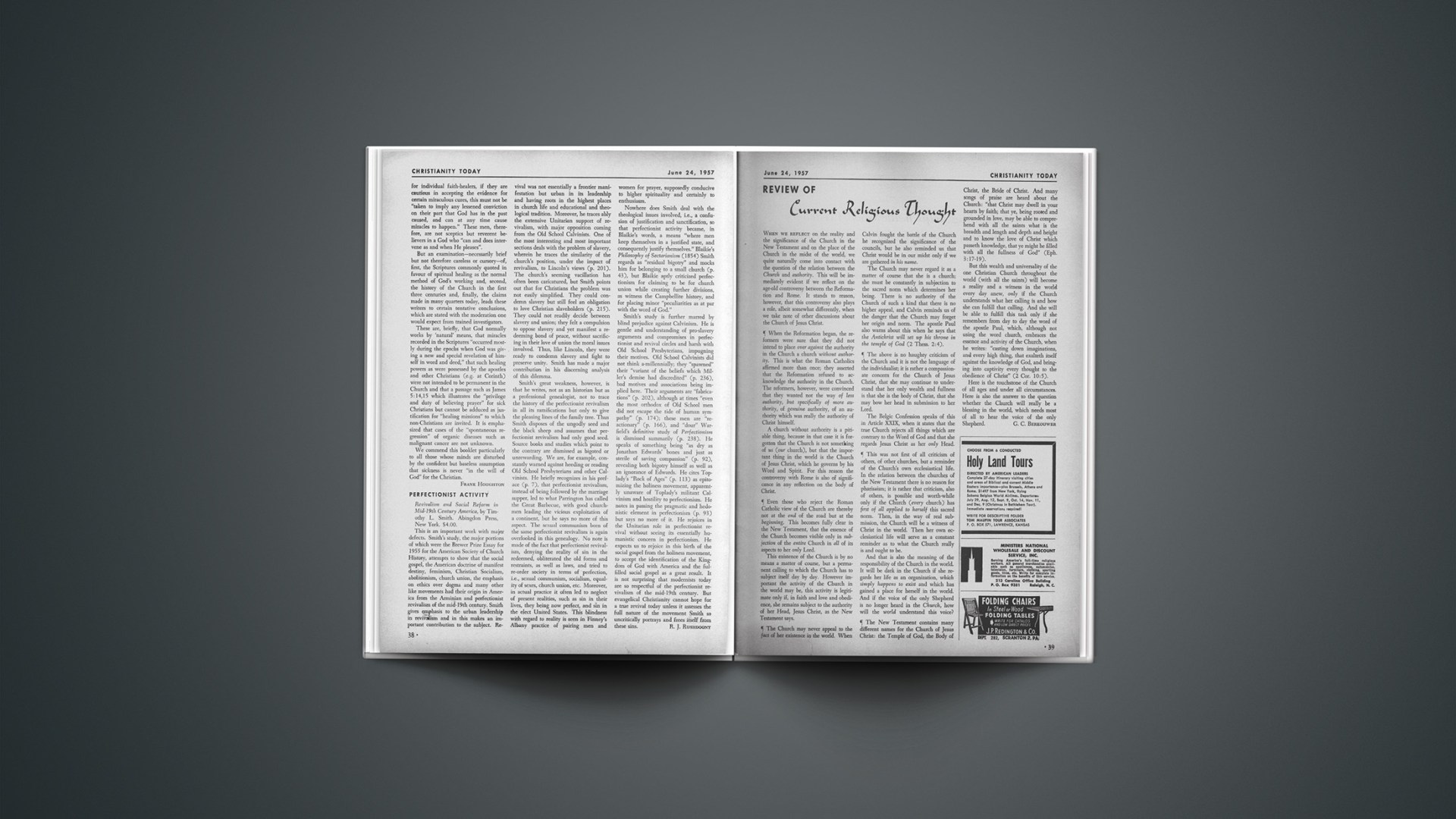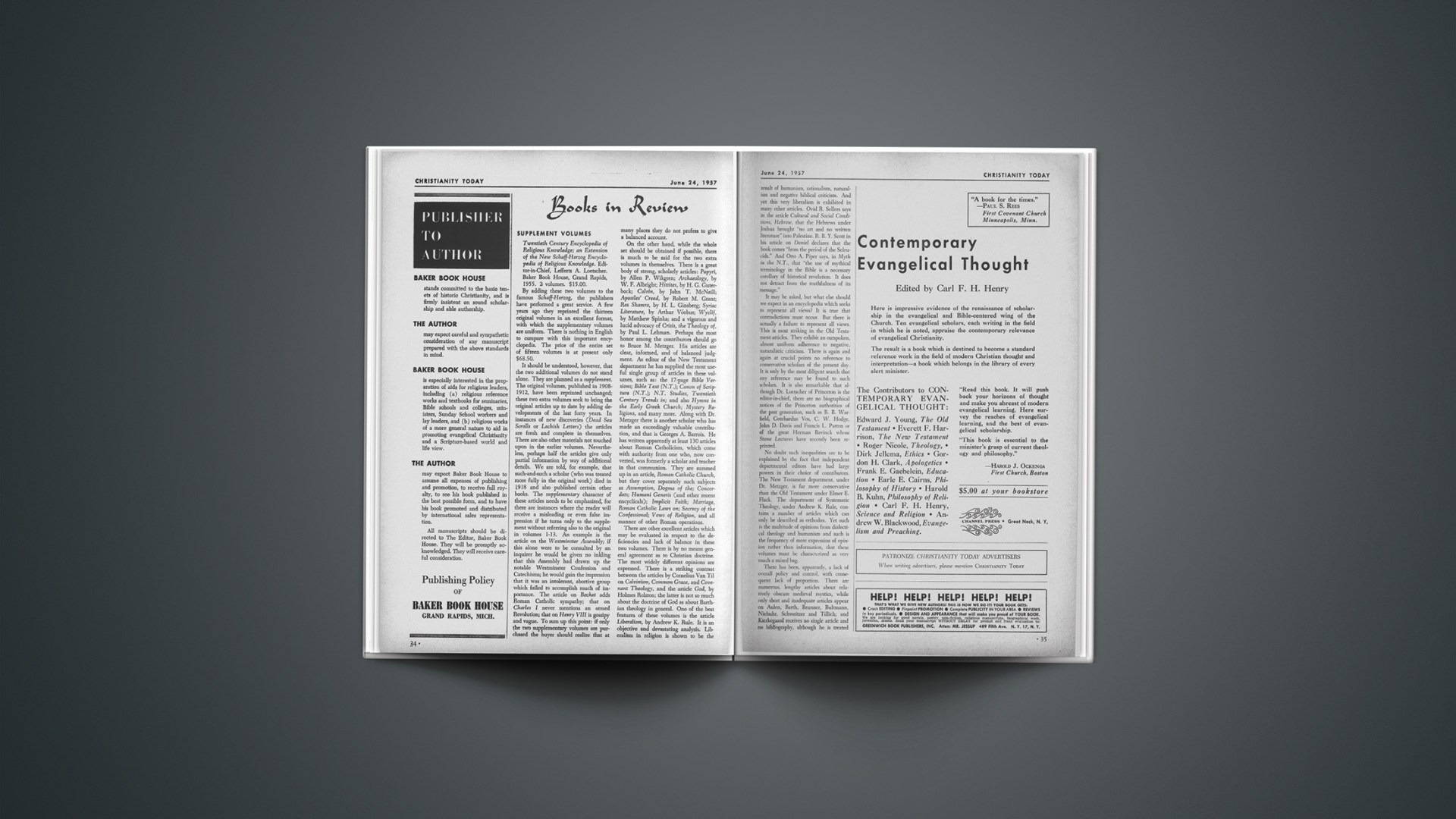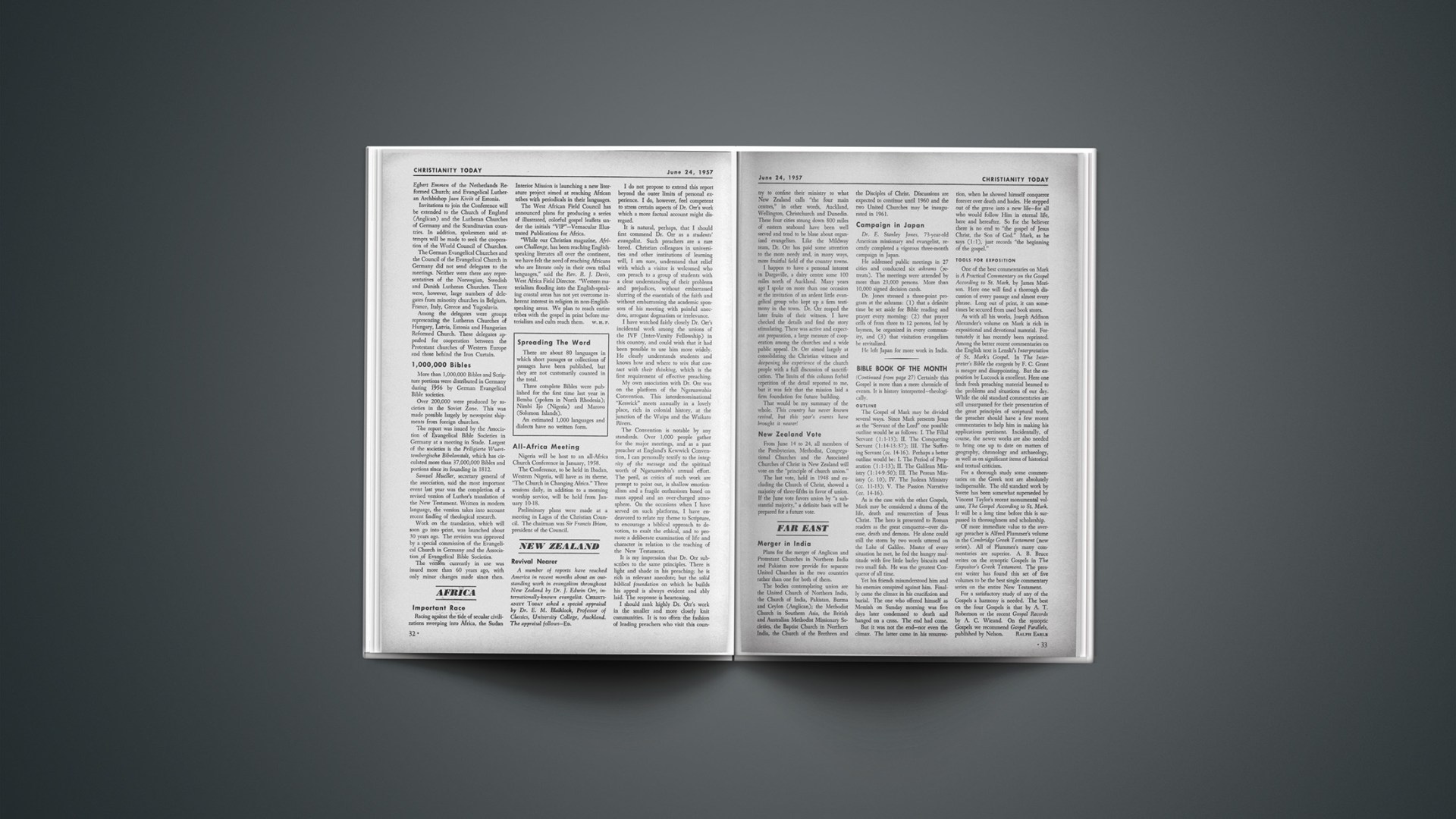Some of our present day politicians have accustomed us to the unedifying practice of unmeasured and unrestrained public abuse. Such elegant and descriptive terms as “stinking skunk,” “lousy rat,” “yelping hyena” and “fascist beast” are choice and characteristic examples. The result, of course, is the degradation of our public life. “It must distress all who are concerned with the preservation of ordinary decencies and customary civilities,” writes the Dean of Melbourne, Dr. S. Barton Babbage, “that the language of Parliament should so often be the language of the gutter, and that vituperation and abuse should so often be regarded as a substitute for reasoned argument and debate.” The observation is relevant far beyond its British concern.
Today refutation is no part of controversy and discussion. It is no longer necessary to prove how a man is wrong: it is sufficient to explain why he is wrong. This is a game which Freudians and Marxians delight to play. For example, the Freudian will tell you that your thoughts are “psychologically tainted.” The Marxist will tell you that your thoughts are “ideologically tainted,” and that you only think freedom a good thing because you are one of the bourgeoisie (C. S. Lewis, “Bulverism” in the Socratic Digest, June 1944, p. 16). In this game you assume that your opponent is wrong—without further discussion—and then you distract his attention by explaining why he is wrong. You do not examine your opponent’s matter; you examine his motives; you substitute abuse for argument.
There is an amusing description of this process in an article by C. S. Lewis.
In the last fifteen years I have found this vice so common that I have had to invent a name for it. I call it Bulverism. Some day I am going to write the biography of the imaginary inventor, Ezekiel Bulver, whose destiny was determined at the age of five when he heard his mother say to his father—who had been maintaining that two sides of a triangle were together greater than the third—‘Oh you say that because you are a man.’ ‘At that moment,’ E. Bulver assures us, ‘there flashed across my opening mind the great truth that refutation is no necessary part of argument. Assume that your opponent is wrong, and then explain his error, and the world will be at your feet. Attempt to prove that he is wrong, or (worse still) try to find out whether he is wrong or right, and the national dynamism of our age will thrust you to the wall.’ That is how Bulver became one of the makers of the Twentieth Century (ibid., p. 17).
It is the Russians who have carried this practice of defamation to the greatest lengths. In the new Soviet Textbook of Law the victims of purges are no longer called “Social Defaulters”: they are described by such emotion-laden words as “mad dogs, rats, vermin, hyenas, dung and scum” (Arthur Koestler, The Yogi and the Commissar and Other Essays, London, 1945, p. 173). The consequences are at once apparent: if you regard your enemies as wild animals, then you will have no compunction about destroying them; for we shoot mad dogs. It is not surprising that, in Russia, with such a philosophy, the practice of “liquidation” has become a science.
Arthur Koestler has written a vivid autobiographical novel entitled, Scum of the Earth. It describes the inhuman brutalities which he experienced as the unhappy inmate of a French concentration camp. He says that those who today survive “wear the old school tie in the shape of some scar on the body, or an ulcer in the stomach, or at least a solid anxiety neurosis” (ibid., p. 85). The victims, who were drawn from many nationalities, were treated as “the scum of the earth”—in the strangely contemporary phrase of the Apostle, as “the filth of the world and the offscourings of all things” (1 Cor. 4:13). Koestler describes the daily indignities and the sadistic brutalities. Many were beaten and battered to death, so that there was a mounting daily toll of suffering and suicide. The camp cemetery, Koestler says, probably contains “the most cosmopolitan collection of skulls since the mass graves of the Crusades” (ibid., p. 93).
Peter the Great subscribed to the view that men are “dung and scum.” He was reproached for the prodigal waste of human life in the construction of St. Petersburg. He made the laconic reply: “We must break eggs to make an omelette” (Quoted, A. T. Pierson, Godly Self-Control, Barkingside, N. D., p. 37). The question is whether men are simply eggs to be broken, irrespective of whether or not a man is a “bad egg” or a “decent egg.” For Peter the Great men were “expendable material”; manure to fertilize the ground for the future.
Today we are beginning to see that everything depends upon our conception of man. Is he simply a tool, a thing, a cog in a machine? Or is he a creature made in the image of God? Is he simply an object or is he an active subject? J. S. Whale, in a series of memorable lectures before the undergraduates of the University of Cambridge, once said:
What is the truth about the nature and the end of man? This is the ultimate question behind the vast debate, the desperate struggle, of our time. Ideologies—to use the ugly modern jargon—are realy anthropologies; they are answers to that question which man has not ceased to ask every since he began asking questions at all; namely, what is Man? (Christian Doctrine, Cambridge, 1941, p. 35).
And J. A. Mackay, president of Princeton Theological Seminary, has said the same thing: “The titanic struggle now raging in the world may be regarded as at bottom a conflict between opposing views of man and his status in the universe” (Heritage and Destiny, London, 1945, p. 38).
The Christian conception of man is based on two simple and fundamental propositions: that man is created by God and redeemed by Christ.
In the first place, Christians believe that each man bears upon him the impress of God’s handiwork. After the conversion of the Emperor Constantine legislation was passed abolishing the branding of criminals and debtors on the face, since it is the image of divine beauty. Each man, so Christians affirm, is to be reverenced and respected as the creation of God.
It was this fact which moved the early Christians to utter their impassioned protest against the universal practice of infanticide—the heartless exposure of unwanted children on the mountainsides to be mauled and devoured by wild beasts. It was Adolf Deissmann who discovered on a piece of papyrus a letter by an Egyptian laborer addressed to his wife. She was expecting a baby, and this is what he wrote: “If it is a boy, let it live; if it is a girl, cast it out” (Light from the Ancient East, London, 1927, p. 168). Within three hundred years the Christians had swept this evil from the world—and orphanages and hospitals showed a more excellent way.
In the second place the Christian faith affirms that, for the world’s redemption, “God so loved the world that he gave his only begotten Son” (John 3:16a). Our attitude to each man is necessarily conditioned by the costly and sacrificial nature of God’s love for us. “If God so loved us,” the Apostle says, “we ought also to love one another” (1 John 4:11).
In the year 1554 the scholar Muretas lay desperately ill. The surgeons proposed to operate. They were not primarily concerned with the success of the operation, but rather with the nature of the operation, which, in any case, was more like an experiment in vivisection. They were interested in the nature of his symptoms prior to death. Not knowing that he was a scholar, nor that he spoke Latin, the one said to the other: “Fiat experimentum in corpore vili” (“Let the experiment be tried on this vile body”). “Vilem animan appellas,” came a voice from the bed, “pro qua Christus non dedignatus est mori?” (“Dost thou call that soul vile for which Christ was content to die?”) (T. R. Glover, Jesus in the Experience of Man, New York, 1921, p. 222). The rebuke was timely and it was just.
The question is: what is our attitude to those we dislike, or with whom we disagree? Do we say, with a contemptuous lift of the head, a sneer of the lips, “dung and scum”; or, do we say, in the immortal words of John Bradford, when he saw criminals being led to execution: “There, but for the grace of God, go I” (D. N. B., in loc.)?
It is easy to admire those richly endowed with natural gifts; it is not so easy to like, let alone to love, the physically handicapped, the socially maladjusted, the mentally retarded. The Christian, at any rate, is bound to see the life of man in the light of God, and to say, with the Apostle Paul, “the love of Christ constraineth us” (2 Cor. 5:14). He dare not say, “dung and scum”; he must say, “a brother for whose sake Christ died” (1 Cor. 8:11).
A realization of man’s true nature and high destiny will save us from cynicism, and nerve us for service.



